Wild Marjoram/ Spring / Summer / Autumn / Edible
An aromatic, perennial member of the Mint family, it’s most commonly known as Oregano especially in Europe.
Common Names
Wild Marjoram, Oregano,
Botanical Name
Origanum vulgare
Scientific Classification
Kingdom – Plantae
Order – Lamiales
Family – Lamiaceae
Physical Characteristics for Wild Marjoram
Leaves
The small leaves and roughly spade shaped, are covered in fine hairs and they are arranged in opposite pairs along the square stems. The leaf edges are either smooth or have very shallow teeth. Up to 40mm long. They have a distinctive herbal smell when crushed.
Flowers
The tiny white to pink/purple flowers are clustered on flower stems called inflorescences.
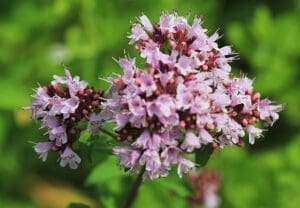
Seeds
The flowers turn into small fruits, each fruit is made up of four single-seeded units, known as nutlets.
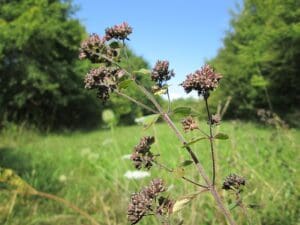
Habitat
It’s a common plant and its most often found on dry, infertile, alkaline soils. Look for it on chalk or limestone grassland, hedge banks and woodland paths.
Known Hazards
None Known.
Could be Confused with
There are many other, non-native species of Origanum that can sometimes be found in the wild too. Sweet marjoram (Origanum majorana) is native to the Mediterranean region. Pot marjoram (Origanum onites) originates from Sicily, Greece and Turkey. Wild marjoram and Sweet marjoram hybridise easily, and there are many horticultural cultivars between them. They are all edible, though the intensity of flavour can vary.
Edible Uses
The leaves and the flowers can be eaten raw or cooked, although the flavour gets more intense when they are dried.
Most often its used in Greek or Italian food but the flavour works well in most dishes, I especially like it spicy food for example jerk seasoning.
Notes on Herbal Uses
Fresh Oregano is a great antibacterial agent. It has phytonutrients (thymol and carvacrol), which fight infections. It’s loaded with antioxidants that help prevent cell damage, and it’s an excellent source of fibre, vitamin K, manganese, iron, vitamin E and calcium.
The oil is recommended as a remedy for sore throats, poor digestion, nausea, nasal congestion, cold sores and muscle and joint pain, and it has antimicrobial properties that make it a good preventive medicine.
Extra notes from the Foragers
It really is a tasty and beneficial herb and I try to include it in most dishes. I pick loads during the summer and I also grow a lot at home, I dry it and store it in sealed jars.
It’s also fantastic for wildlife, the flowers are absolutely loved by bees and other pollinating insects.
References:
Here’s what the woodland trust has to say.



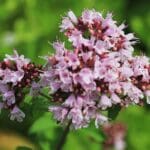
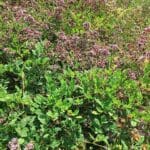
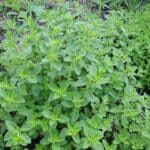
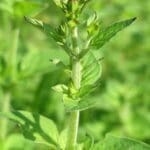
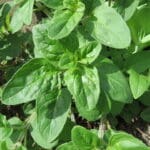
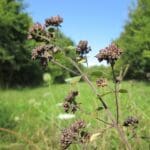



Leave a Reply
You must be logged in to post a comment.